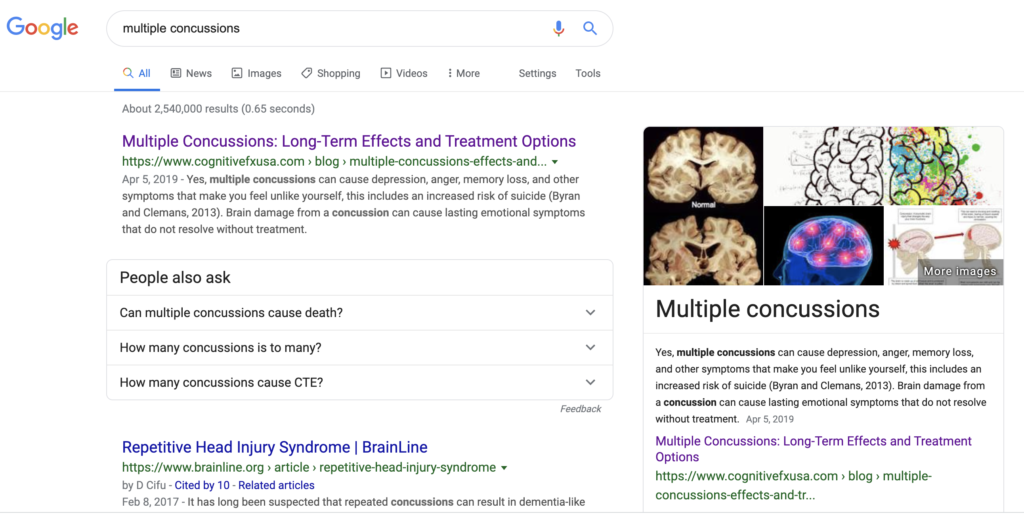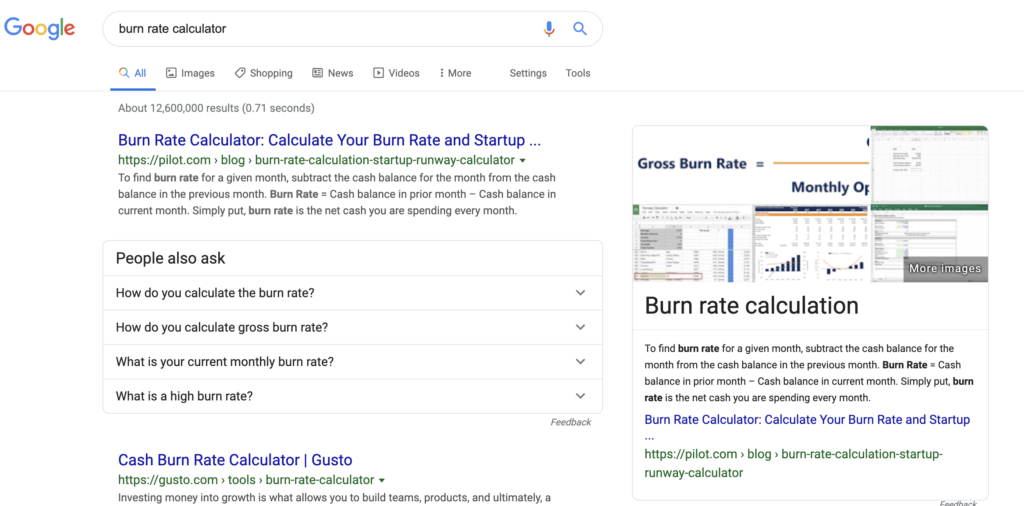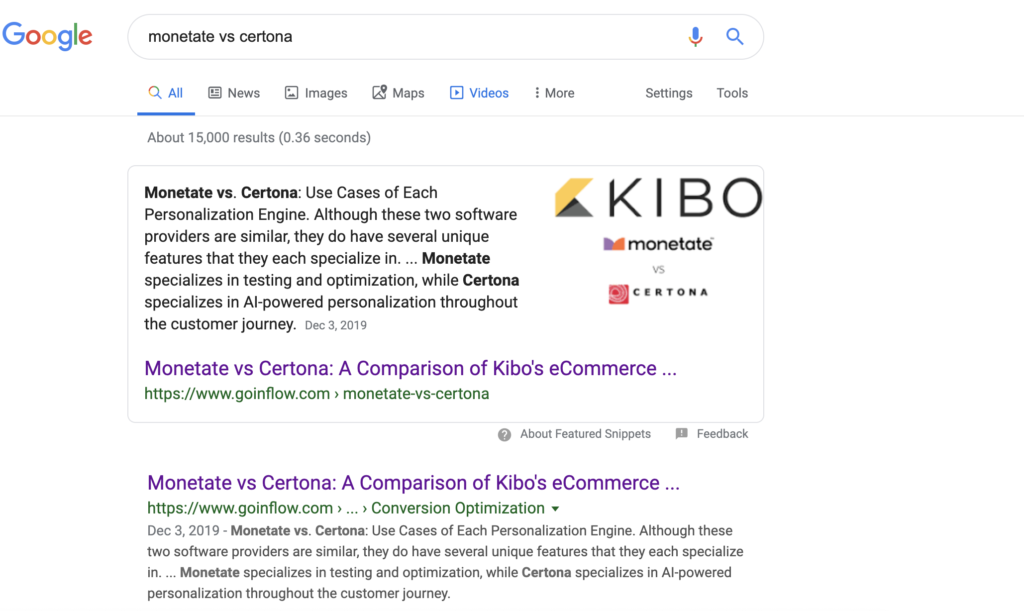Our content distribution strategy has always been the same: know who your customers are, find out where they hang out online and get the content in front of them.
However the tactics that we use to accomplish this have changed a ton since we’ve started our site and our agency.
When we started our site back in 2015, the main distribution channel that we used to drive visitors to our site was community content promotion. Community content promotion helped us grow our blog from 0 visitors to over 24,000 visitors a month in just 4.5 months.
The concept behind community content promotion is fairly simple: you find existing communities on social media that contain your target audience and manually share your articles in those places. The benefit being that you’ll attract the right visitors back to your articles (and it’s free – beyond someone’s manual time and effort).
When we started our content marketing agency in 2017, it was the only tactic we used for content promotion for both ourselves and our clients. It helped us build traffic in the short-term by getting our content in front of people who would benefit from it quickly — within days of publishing. It also helped build traffic in the long-term by getting the content in front of people that would potentially link to it — thus helping our SEO.
But back in December of 2018, I wrote this blog post, sharing that I felt like content promotion through social media communities was starting to lose its effectiveness. In it, I listed three reasons:
- Over-crowded communities — More people were doing community content promotion than ever. People were flooding these communities with content, the community managers started to become upset and community members were overwhelmed by the flood of less than average content published by companies using this tactic.
- Algorithm changes on social media channels— Facebook and LinkedIn started to change their algorithms to de-prioritize content that had external links in it — pushing companies towards their paid ads products rather than discovery through their organic groups. Reddit also became a harder nut to crack.
- Hard to Scale — As our agency grew, community promotion became harder and harder to scale.
Because of these things, our results were starting to stagnate.
Realizing that our agency was at risk if we didn’t figure out other tactics for content distribution, I spent my days and nights that December testing other channels to try to find other distribution channels that worked (and could scale). I explored various options like Quora ads, purchasing email newsletters, distribution platforms like Outbrain, etc.
After a month of testing new content distribution tactics, I shared this post outlining our path forward for content promotion.
It consisted of 3 content distribution strategies that we were going to focus on this year:
- Paid distribution through Facebook ads (short term traffic tactic)
- SEO and link-building (long-term traffic tactic)
Community promotion(now no longer a big part of our service)
Since writing that post, we haven’t shared how these tactics have been working for us and our clients, so I wanted to do that here. I’ll:
- Outline the strategy we’re using for each of these tactics
- Share the thought process behind them
- Share some of the results we’ve achieved so far
Curious about having us do content marketing for your business? You can learn more here. If you’d like to learn the content promotion strategy that we share here (and a lot more), we also teach our content marketing process in our course and community.
Why this mix of content distribution channels?
We’ve always had the belief that content distribution needs to drive traffic in the short term and in the long-term.
We were never comfortable publishing a piece of content and waiting for Google to rank it. Both because it takes a while for that to happen (often 6 months+) and because it provides a bad customer experience for our clients.
I remember being in-house running marketing at a startup, interviewing various content marketing agencies, and hearing reassurances from all of them that they did content promotion. But when I asked them what their strategy was, they would tell me they’d create social media updates to tweet out on our company Twitter or share on our LinkedIn company account. They’d measure success by things like “brand awareness” or “social shares,” and wouldn’t hold themselves accountable to any real KPIs like traffic or leads.
That strategy never sat well with me because I didn’t think we’d get the results we were looking for with that approach.
So when we started our agency, we felt like we had to find channels that would drive results in the short term and build towards sustainable results in the long-term.
The channels that we ended up focusing on to achieve this is paid promotion via Facebook and organic through on-page optimization and link-building.
The advantages of paid promotion on Facebook:
- You can drive immediate traffic
- It’s really cost effective — you can see click costs ranging from ~$.15 – $1.00
- It has great targeting
- It scales
- It’s a great way to test how your content performs prior to optimizing it for the long-term
The advantages of SEO and link-building:
- It scales exponentially with time
- It’s cost effective
- If you use the right strategy (Pain point SEO), you know the traffic attracts customers that have a high likelihood of converting
- If you have the best content, it’s relatively easy to get your content to rank for the terms you’re targeting
- Link-building gives us that extra competitive advantage when trying to rank for highly competitive keywords
Using paid and organic in tandem, help you drive results both in the short term and over the long-term.
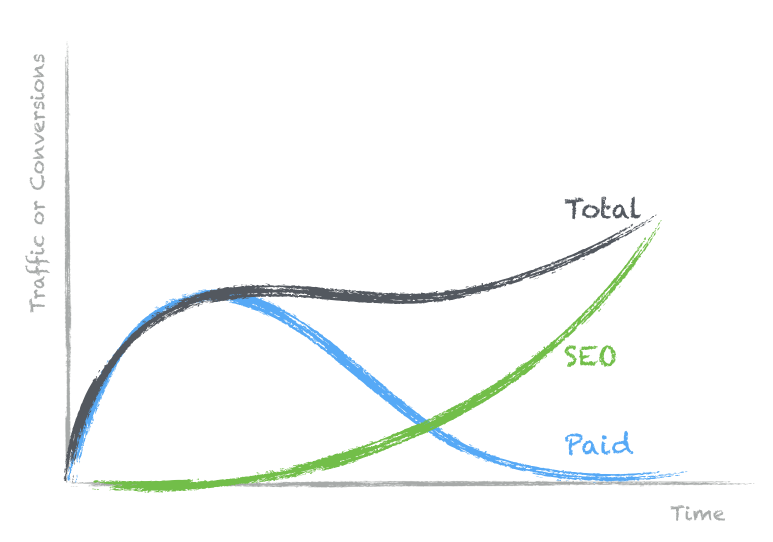
Our approach to paid distribution on Facebook (short term tactic)
We have a three pronged approach to advertising on Facebook.
Step One: Testing Audiences
We advertise to three separate audiences:
- Cold audiences (based on interest and demographic targeting that we learn from our customer research session with our clients)
- Lookalike audiences – we either get access to a company’s pixel or upload customer lists into Facebook and create a lookalike audience off of their best customers
- Retargeting – We typically retarget our content to all website visitors
The reasoning behind each of these is: cold audiences help us get in front of net new prospects that might find the content valuable, lookalike audiences help us get in front of new prospects most similar to the ones that have already converted, and retargeting helps us get in front of prospects that may not have converted yet (and customers who are more likely to drive positive engagement towards our content).
The first month or two is spent testing various audiences. We may test a number of different cold audiences and lookalike audiences until we find audiences that engage with the content we produce.
Step Two: Testing Content
Once we have audiences that show they engage with our content, we test various articles that we’ve produced to see which ones have the highest engagement and lowest cost, and also to see which articles show conversion potential.
Our ongoing testing strategy is to figure out which articles show conversions (defined differently for each client, but is typically a free trial signup, lead form fill, etc.) on Facebook and have a low cost, then we move those pieces of content to an ongoing Facebook promotion campaign and continually test new articles to try to find more winners.
If the articles don’t perform well on Facebook, we don’t spend advertising dollars on them. They may see longer-term traffic from SEO, by being shared or through some other channel like email marketing.
Step Three: Optimize Creative / Audiences
After we know what audiences and what articles perform well, we optimize the creative (headlines, images, etc.) and audiences to further drive down costs to each of our ads.
Costs of Facebook Promotion
When we launch a new campaign, the costs per landing page view (which is the main thing we optimize for on cold audience campaigns and lookalike campaigns) is typically anywhere from $.60 to $1.00+.
After running through steps 1-3 above, we’re usually able to get the costs down in the range of $.15 – $.30. However, the cost varies depending on the audience we’re going after — sometimes it’s lower and sometimes it’s higher.
Results from Facebook Content Promotion
As we’ve emphasized, Facebook allows us to start scaling the results from content marketing quickly. For example, look at this data studio dashboard for one of our clients below.
Overall traffic grew from 573 pageviews in month one of our engagement, 4,735 in the month two, 8,311 in month three, and by month five, we were at 11,707 pageviews.
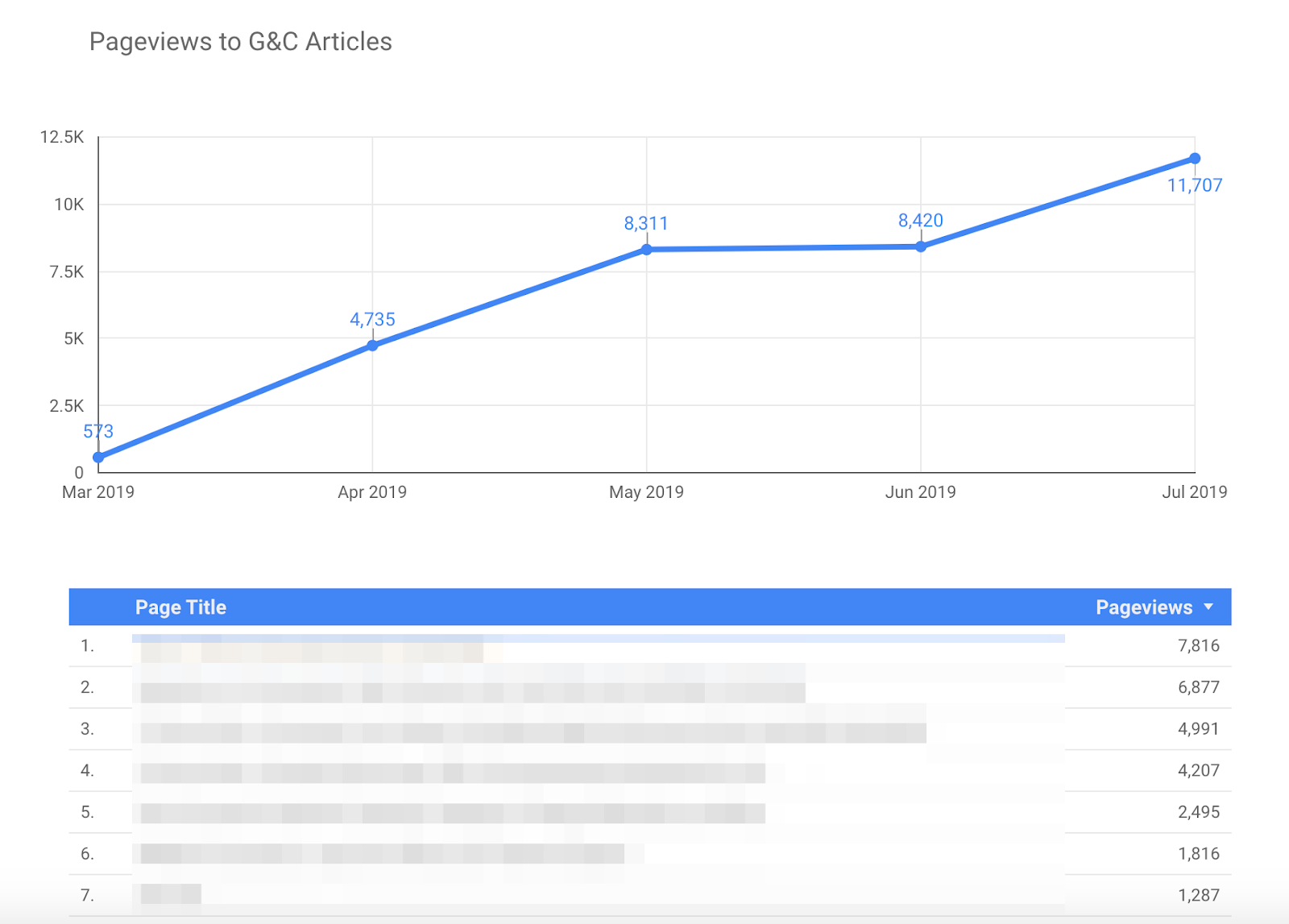
In that same time period, SEO traffic only got 12 pageviews in month one, 56 pageviews in month two, 245 pageviews in month three, and by month five we were up to 1,481.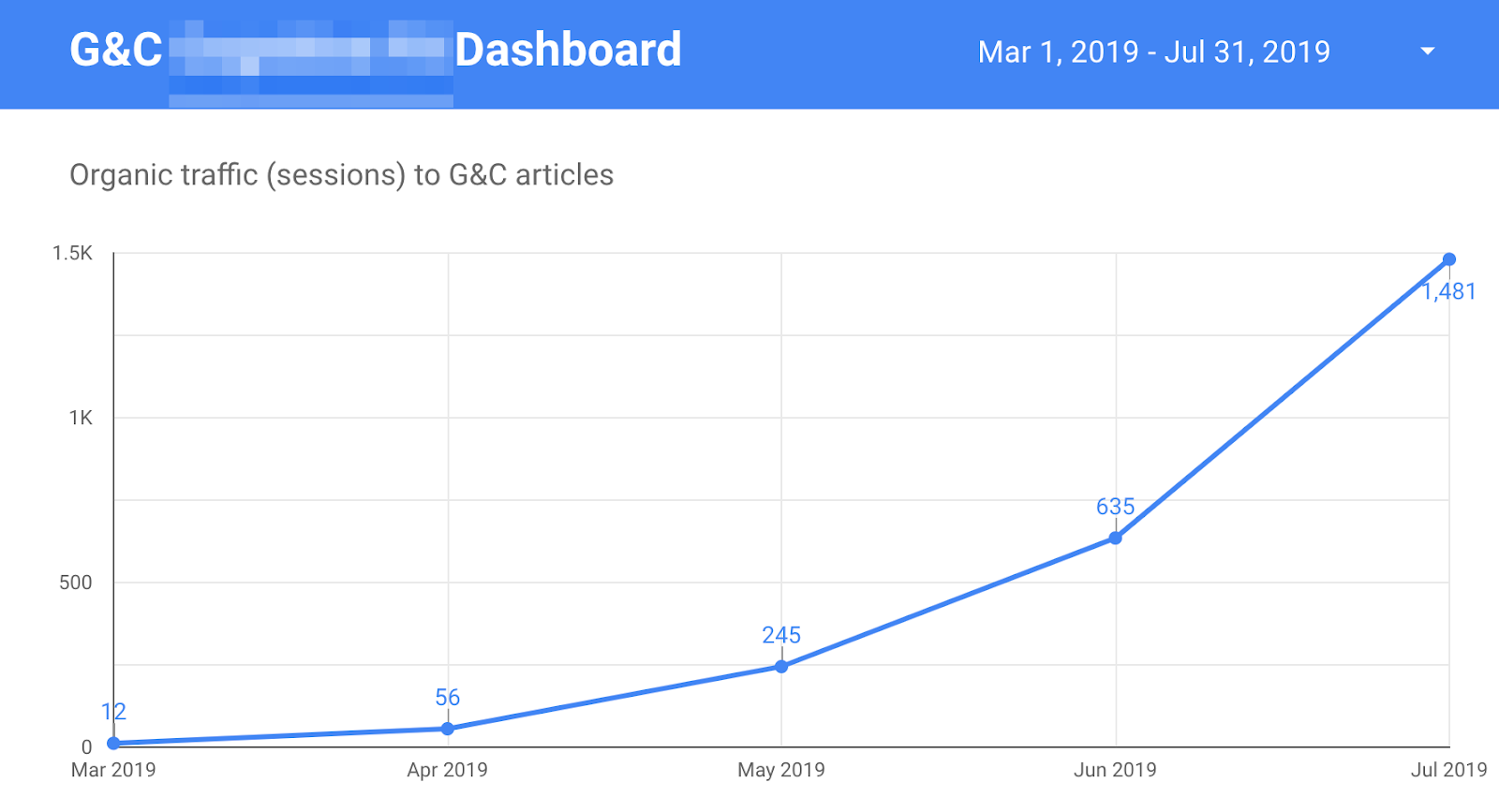
If we’re purely looking at traffic, Facebook drove 561 pageviews in month one, 4,679 pageviews in month two, 8,066 pageviews in month three, and in month five we drove 10,266.
You can clearly see the difference this client gets from working with us and getting over 4,000 visitors in month 3 and over 11,000 in month 5 vs. traditional SEO where they’d be waiting 4+ months just to get their first 1000 pageviews/ month.
We don’t know of another content promotion channel that works this well, this fast.
Beyond just the benefit of driving traffic quickly, Facebook ads also allow us to see which articles convert. When we see that articles have yielded multiple conversions in Facebook, we’ll prioritize those articles for our link-building efforts because they’ve already shown the likelihood of converting from paid channels — thus giving us the indication that if we can get them to rank for the keyword we’re targeting, they should convert there as well.

Our approach to SEO / building backlinks, for long-term content distribution
If you’ve followed our blog for a while, you may already know our pain point approach to SEO strategy.
However, if you haven’t, to quickly sum up the approach, we prioritize high purchase intent keywords over high-traffic keywords.
The reason behind this approach is that we’ve found that producing articles around high-intent keywords drive substantially higher conversion rates (between 1-4% higher on average) than going after high traffic keywords.
This post on pain point SEO and this post on content ideation go more in depth on the marketing strategy there so I won’t spend too much time on this for the sake of this post.
Note: If you’d like to learn more about how to implement pain point SEO, come up with high converting content ideas, and drive traffic to blog posts using the methods described here (and more…), we share more about this in our course. Learn more about our course here.
Our approach to creating link-worthy and thus rank-worthy content
Beyond the strategy of what keywords to choose, we make an effort to make our articles better than every other result on the first page for the keyword we’re going after. I think having this mindset is what helps us achieve solid ranking.
For every article, we ask ourselves what would make the article unique/better than the rest of the articles in the search results. Sometimes it has to do with making the article easier to navigate if it’s a list, finding a better subject matter expert if it’s an opinion piece or how-to article, adding some originality nugget, etc.
We’ve published several posts on here outlining the strategies and frameworks behind doing this, but in short:
- Specificity Strategy – First, in picking the topics, keywords, or angle to attack a given keyword, we make sure to get as specific as possible because we fundamentally believe that it leads to high-quality content. In contrast we find most marketers still prioritize writing general overview content like “Beginner’s guide to” “Overview of” etc. This goes hand in hand with Pain Point SEO, which usually prioritizes medium to long tail keywords, which by nature are more specific than head terms.
- Originality Nuggets – Then, when planning the piece, we interview subject matter experts that can give us insightful, original ideas, concepts, tactics, and details that immediately distinguish ourselves from the other results. We’re not talking about getting quotes from half a dozen “experts” for the purpose of getting shares from them. We’re talking an hour long interview with a single expert who guides the arguments of the entire piece.
- Detail Principle – Finally, we back up both of the above strategies by writing pieces with as much detail to back up the claims we make as possible. Again, this is not possible without ensuring we interview subject matter experts for pieces where we ourselves don’t have that expertise (the majority of pieces fall into this category).
Finally, on a practical level, we make sure our on-page SEO is sound using Clearscope.
What happens after we publish a post targeting a keyword?
We typically wait a few weeks to see where the article sits in the search results prior to determining if we need to build links to it. The reason is because after publishing an article, Google usually tests your article out in various places in the search engine result pages (SERPs) to see how people react to your content.
It typically takes a few weeks before you see where your article will be positioned going forward.
After we publish a piece, we add the keyword into Ahrefs’ rank tracker tool so we can track the performance of the article against its positioning overtime.
![]()
How we prioritize which articles to build backlinks to?
Prioritization of which articles to build links to is part data-driven and part art.
For the data portion, the indicators that we pay attention to are:
- Where the article is sitting in the search engine results without any links being built to it
- If the article has already shown conversion potential through another channel
We typically prioritize articles that are sitting on page 1 to page 3 without us having built any backlinks. This shows us that Google already finds the article valuable.
We also prioritize articles that have shown a likelihood of converting through Facebook. The thought process is if we can get the article to rank for the keyword, and it’s already shown that it can yield conversions through paid or another channel, it’ll likely convert if we can get it to rank organically.
For that part, the indicators we pay attention to:
- How competitive the articles are that we’re up against
When it comes to competition in the SERPs, I rarely rely on any tools. I look at the articles on the first page, scroll through them and look at how valuable the content is to the reader. Is the article genuinely good? Does it solve the problem for the reader? Is it organized in a helpful fashion? These are the questions I ask to determine how hard it should be to rank against the competition. Basically, do we truly think our article is better than everything out there – if yes, we’ll focus a lot of effort on link-building.
Link-building execution
Our philosophy around doing everything in our business is to hire people that are experts in that one area. We looked around at a bunch of different options when we decided to invest in link building and decided to subcontract the execution of the link building to another agency. The tactics they use are your typical link building methods- guest posting on other sites, broken link-building, etc.
A Sample of SEO Results
Finally, here are a sample of #1 rankings we’ve achieved for three very different clients using the methods above. Since rankings in the SERPs are public information, we’ve included them, but we aren’t discussing conversion numbers to protect our clients’ privacy. You can see conversion data for some clients that we’ve published in this post on content results linked to earlier as well.
Note: Obviously rankings fluctuate, the rankings below are as of publishing this post.
We rank #1 for our client, Cognitive FX for the term “multiple concussions”, as well as receiving the featured snippet. (Competing against sites like the CDC, WebMD, Brainline and other government websites)
We rank #1 for “burn rate calculator” for Pilot. For whom we designed and coded an interactive calculator. (Competing against sites like Gusto, Geckoboard, Fundera, and Baremetrics)
We rank #1 comparing two personalization platforms “Monetate vs. Certona” for our client Inflow. (Competing against sites like Gartner, Trustradius and Capterra)
Want to drive more traffic to your content?
Our Agency – You can learn more about working with us here.
Our Content Marketing Course – Individuals looking to learn these skills and become better marketers, consultants, or business owners can join our private course, taught via case studies, here. We include lots of detail and examples not found on this blog. Our course is also built into a community, so people ask questions, start discussions, and share their work in the lesson pages themselves, and we and other members give feedback.
Questions? Comments? Feel free to share them below 🙂

